Nino Caruso. Forms of Memory and Space is the title of the exhibition kicking off at MIC - Museo Internazionale della Ceramica di Faenza curated by Claudia Casali and Tomohiro Daicho, curator of MOMAK in Kyoto, with the support of the Nino Caruso Archive. This is the first anthological exhibition in Italy dedicated to Nino Caruso (Tripoli, April 19, 1928 - Rome, January 19, 2017) an artist, ceramist, designer, writer, known worldwide for his fundamental contribution to ceramic art, who passed away in 2017. The exhibition has already been staged in 2020 in the Japanese museums of Kyoto and Mino, with which Faenza MIC is a co-producer, and, after two years of suspension due to the pandemic, it lands in Faenza.
The itinerary, studded with large sculptures and installations, recounts with about one hundred works, more than fifty years of the brilliant career of an absolute protagonist of international ceramics. Caruso had a very rich artistic and exhibition activity, which he flanked with teaching and publishing. He is the author of the most important ceramics manuals, translated worldwide, and his public interventions are scattered between Galerie Les Champs in Paris and the Evangelical Church in Savona, Japan, at Shigaraki Park, Tokai Hospital and City Hall, and Portugal, at La Rotunda in Coimbra. His sculptures can be found at the Gijon train station in Gijon, Spain and at the Marseille metro station. His great passion for ceramics translated into an equally great promotional effort to enhance this ancient technique. In the 1970s he founded the International Center of Ceramics and entrusted Gio Ponti as its president. The center, until 1985, was the point of reference for many Italian and foreign artists and scholars of ceramics. In addition, in 1982, he was invited by RAIto conduct ten episodes on ceramic art, which made him very popular even among laymen. He began to devote himself to art in the mid-1950s when Salvatore Meli, also a Sicilian, introduced him to Villa Massimo in Rome. There he met Guttuso, Leoncillo and Mazzacurati and the other artists of the Roman avant-garde, who influenced him. “From meeting Meli, working for him,” Caruso recalls, "I began to develop my artistic language.
His personal career developed from 1965 when he had the intuition to use polystyrene to make casting molds in which to pour clay, devising a working method that resulted in a personal style based on the module that he then applied to all his work: from sculpture to design to decorative panels applied to architecture. Fundamental for him was the rediscovery of ancient civilizations and their wise techniques such as Etruscan and Japanese, which he then applied to his own artistic research in constant dialogue with the past. His work particularly in Japan was very successful. He was awarded the Nagoya International Ceramic Competition in 1973, and in 1982, a traveling exhibition of his work was dedicated to Kyoto at the Asahi Gallery, the Tokoname Research Center, and the Italian Cultural Institute in Tokyo.
The exhibition is made possible thanks to the support of Mic-General Directorate, Education, Research and Cultural Institutes, Emilia-Romagna Region, Municipality of Faenza, Unione della Romagna Faentina, and Hera. Every Friday in June, at 6 p.m., guided aperitif tour (included in the ticket price). Open: Tue-Sun 10am-7pm, closed non-holiday Mondays Info: 0546697311, info@micfaenza.org www.micfaenza.org
Below is a selection of the works in the exhibition.
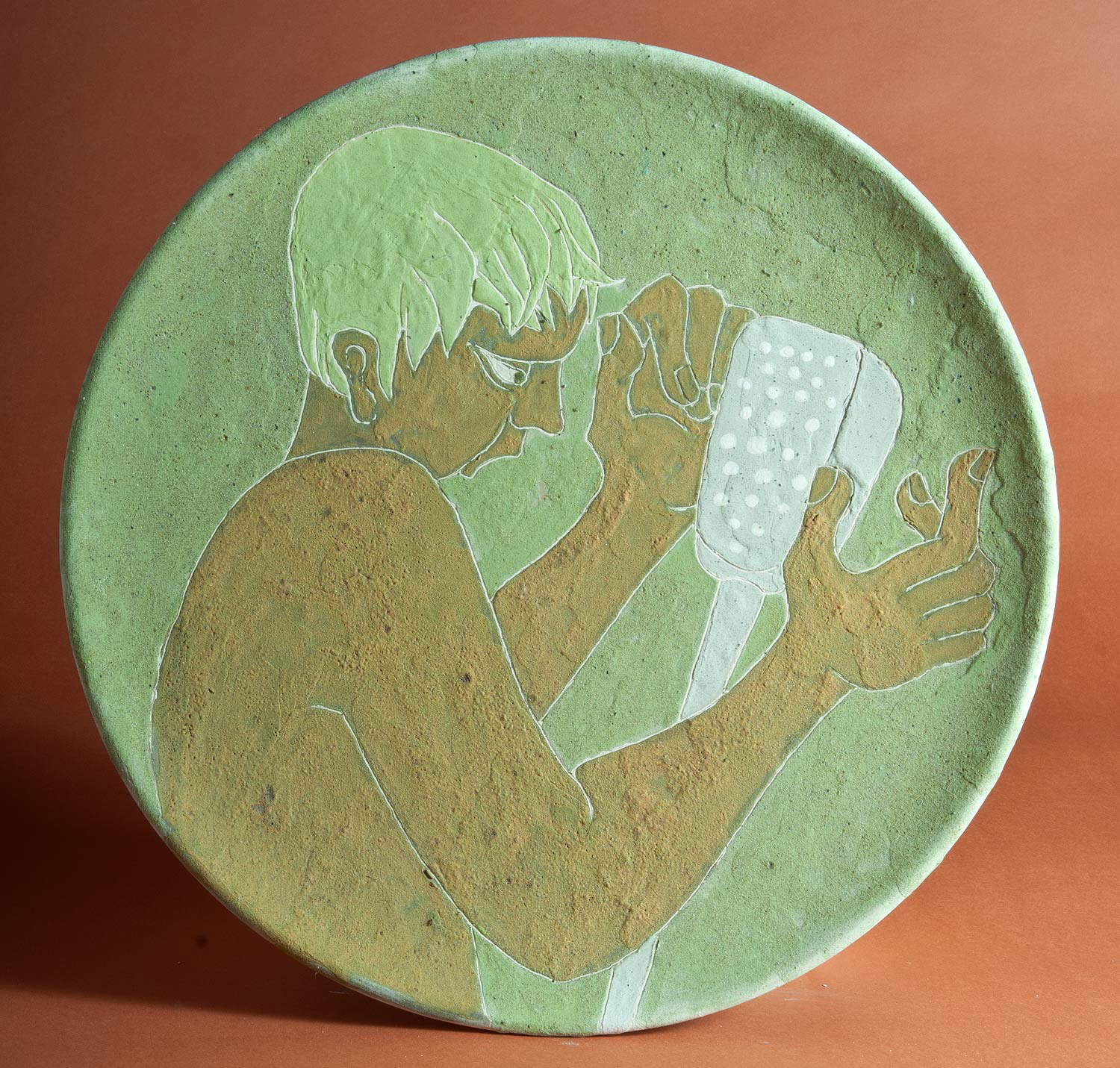
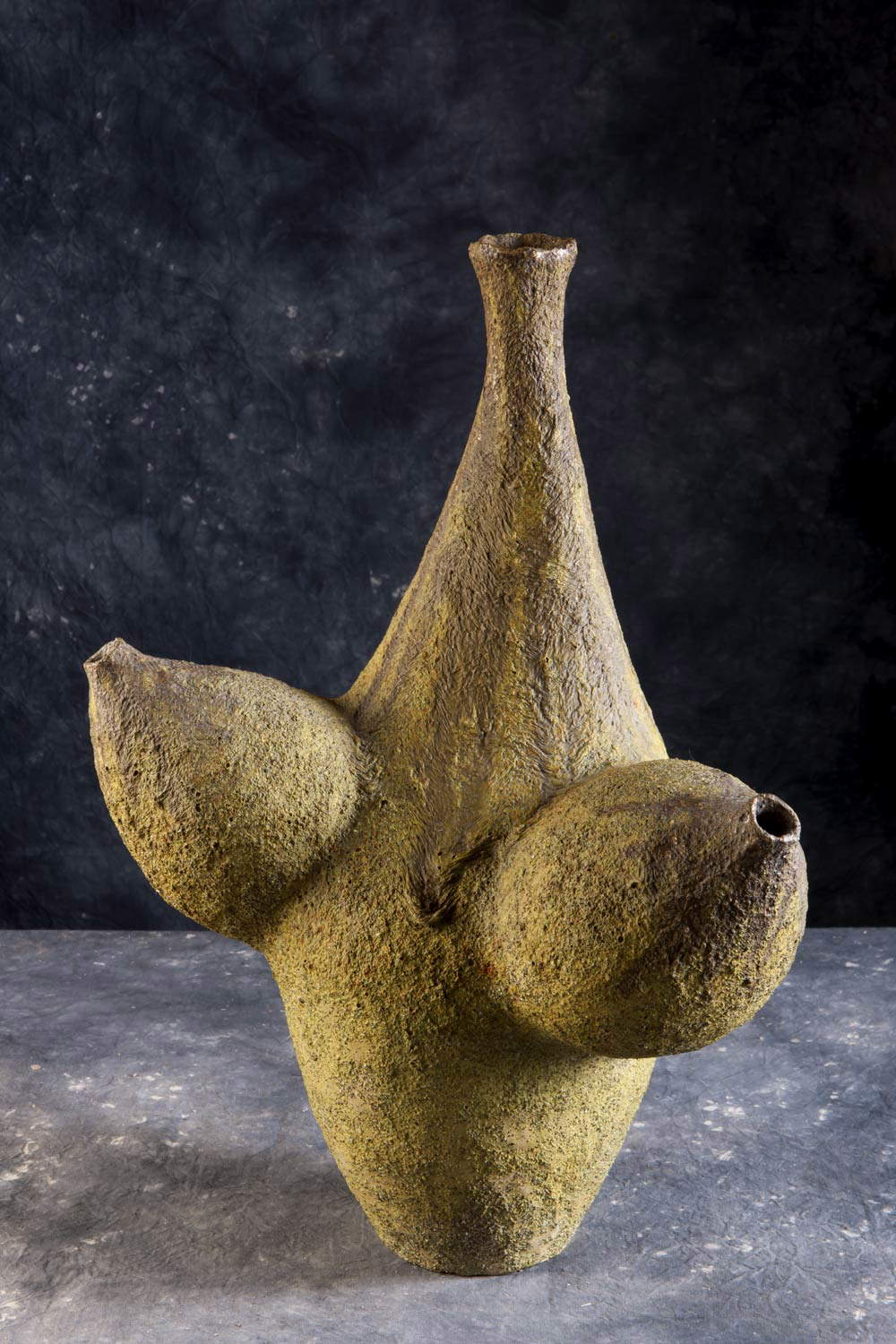 Nino
Nino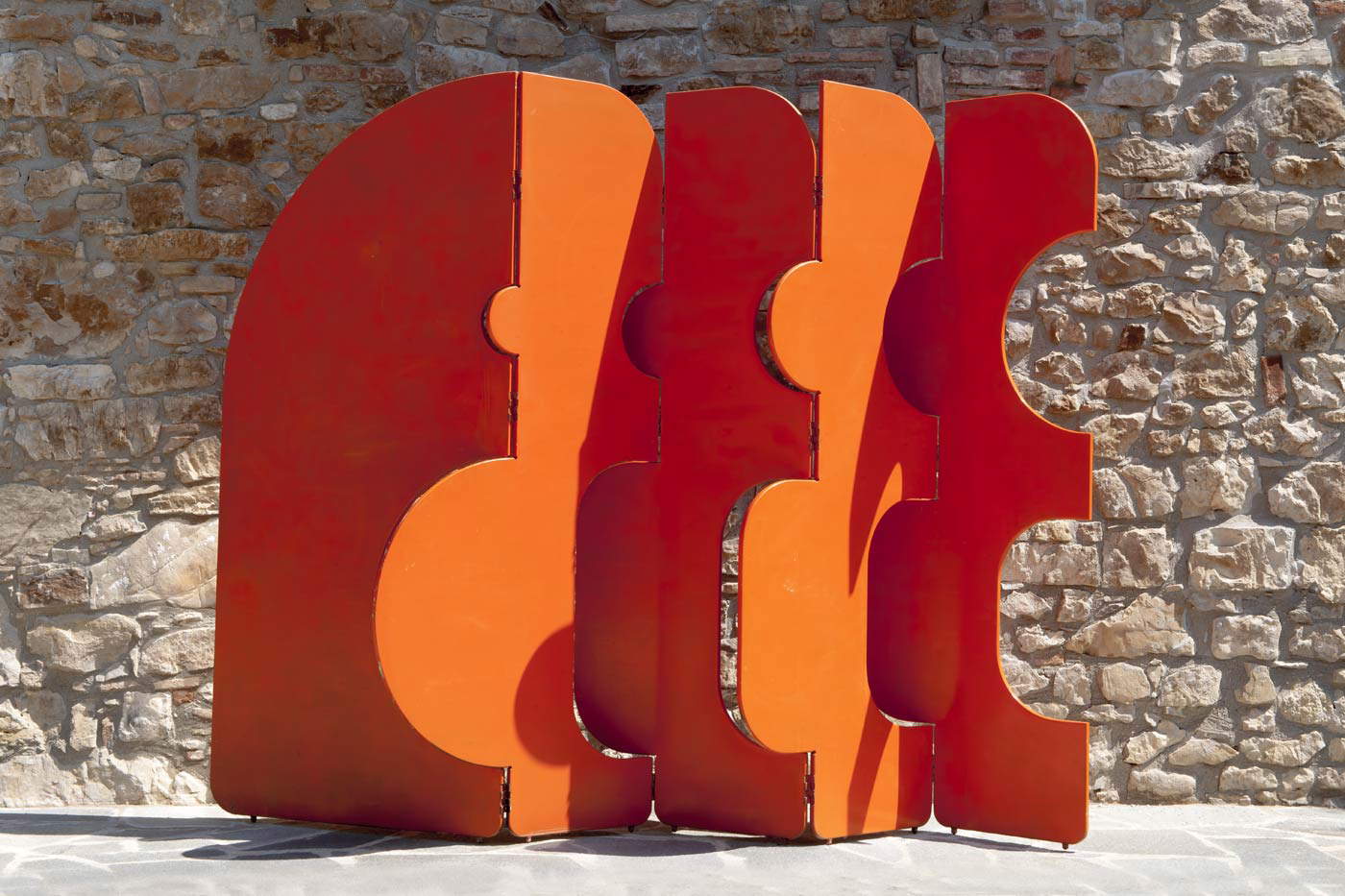 Nino
Nino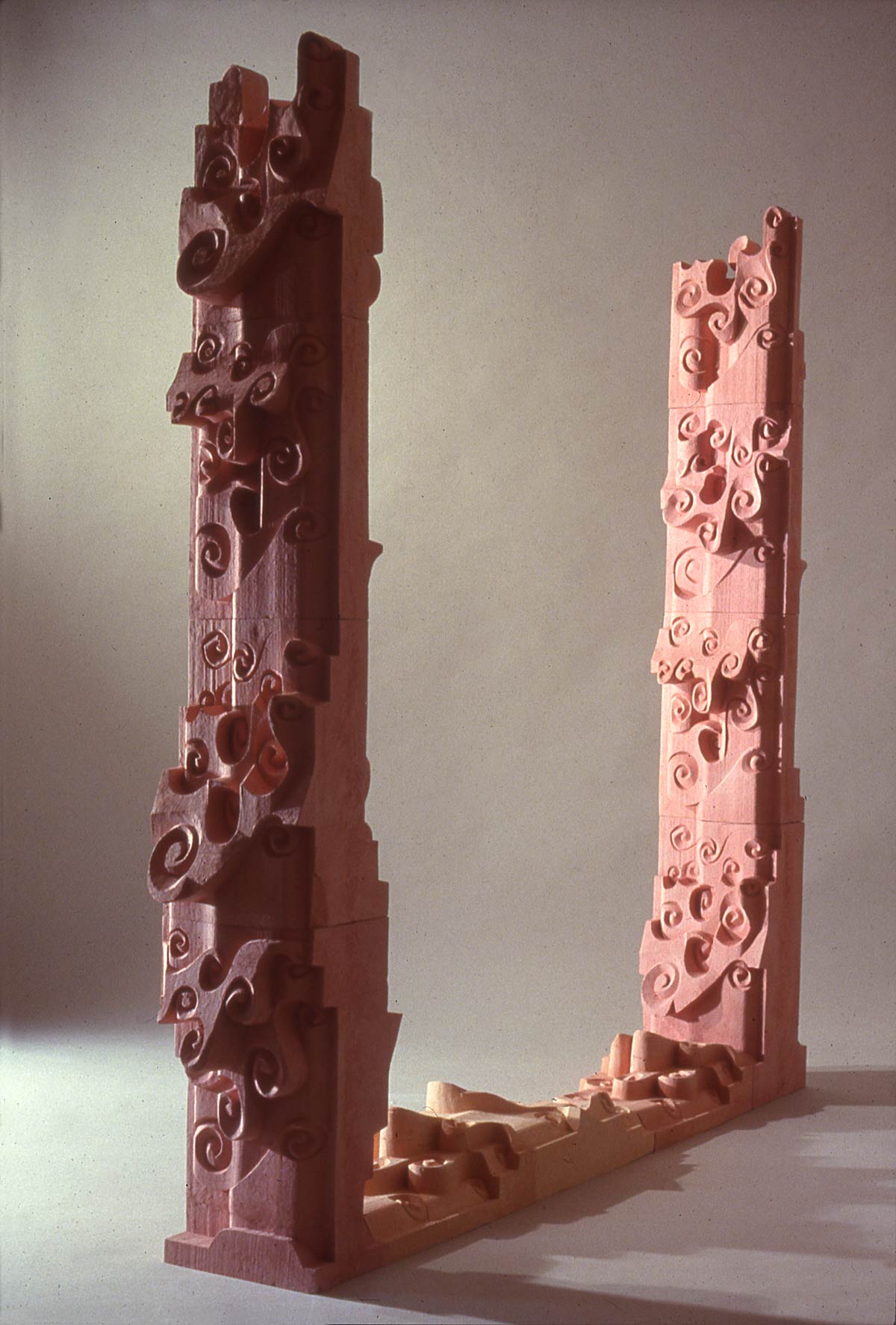 Nino
Nino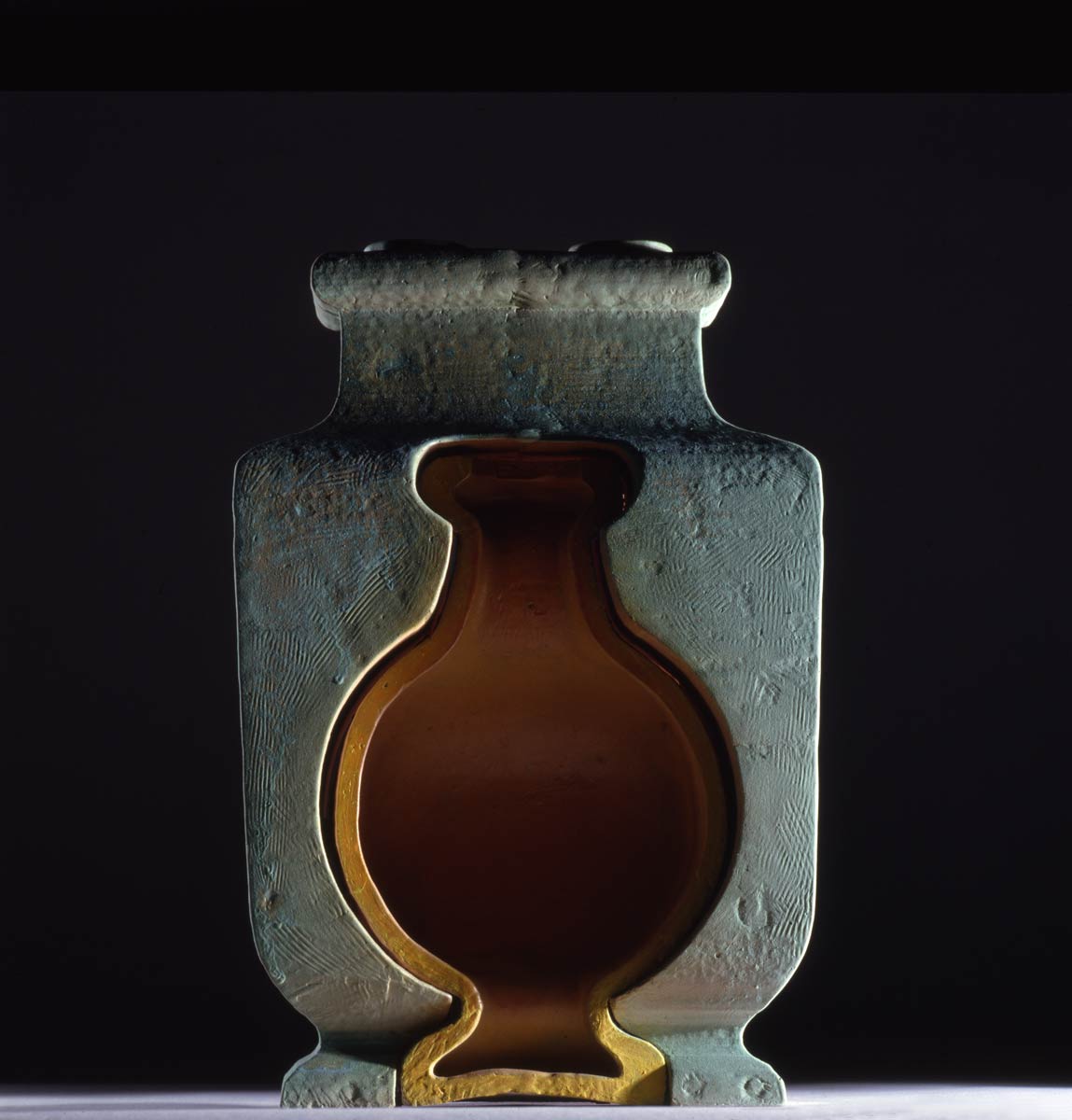 Nino
Nino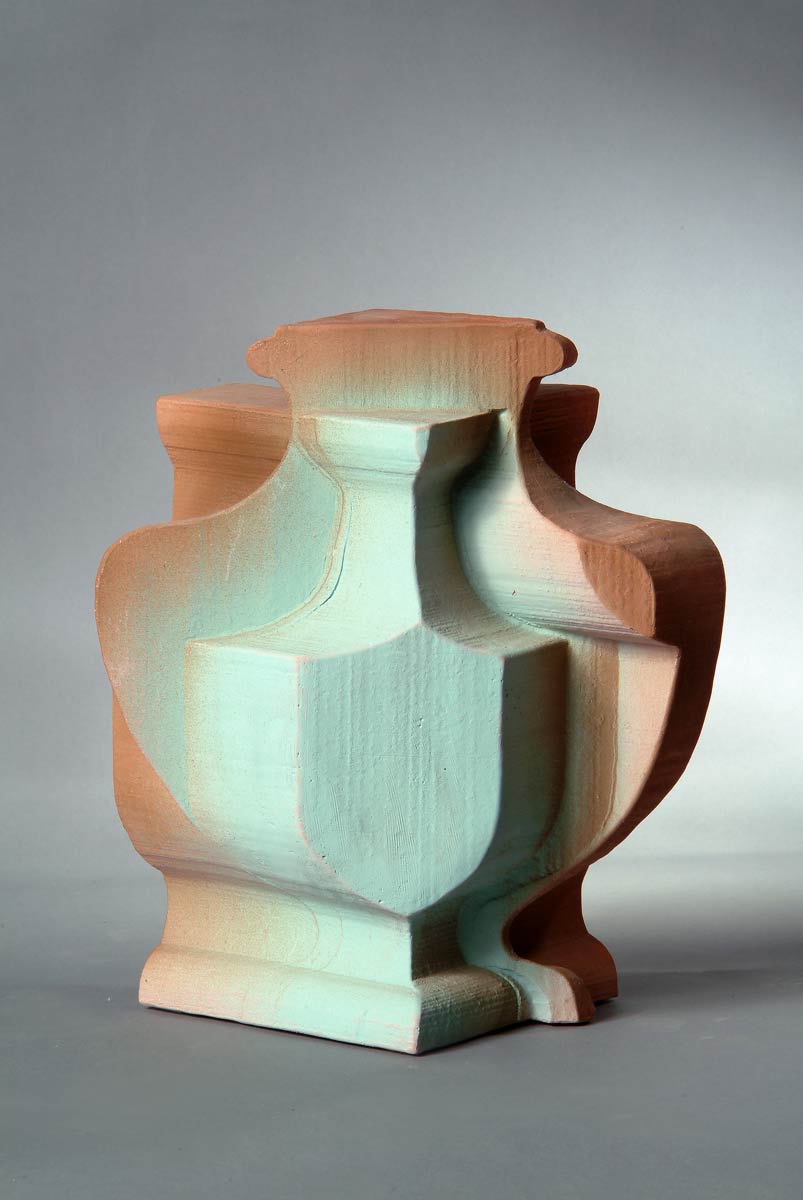 Nino
Nino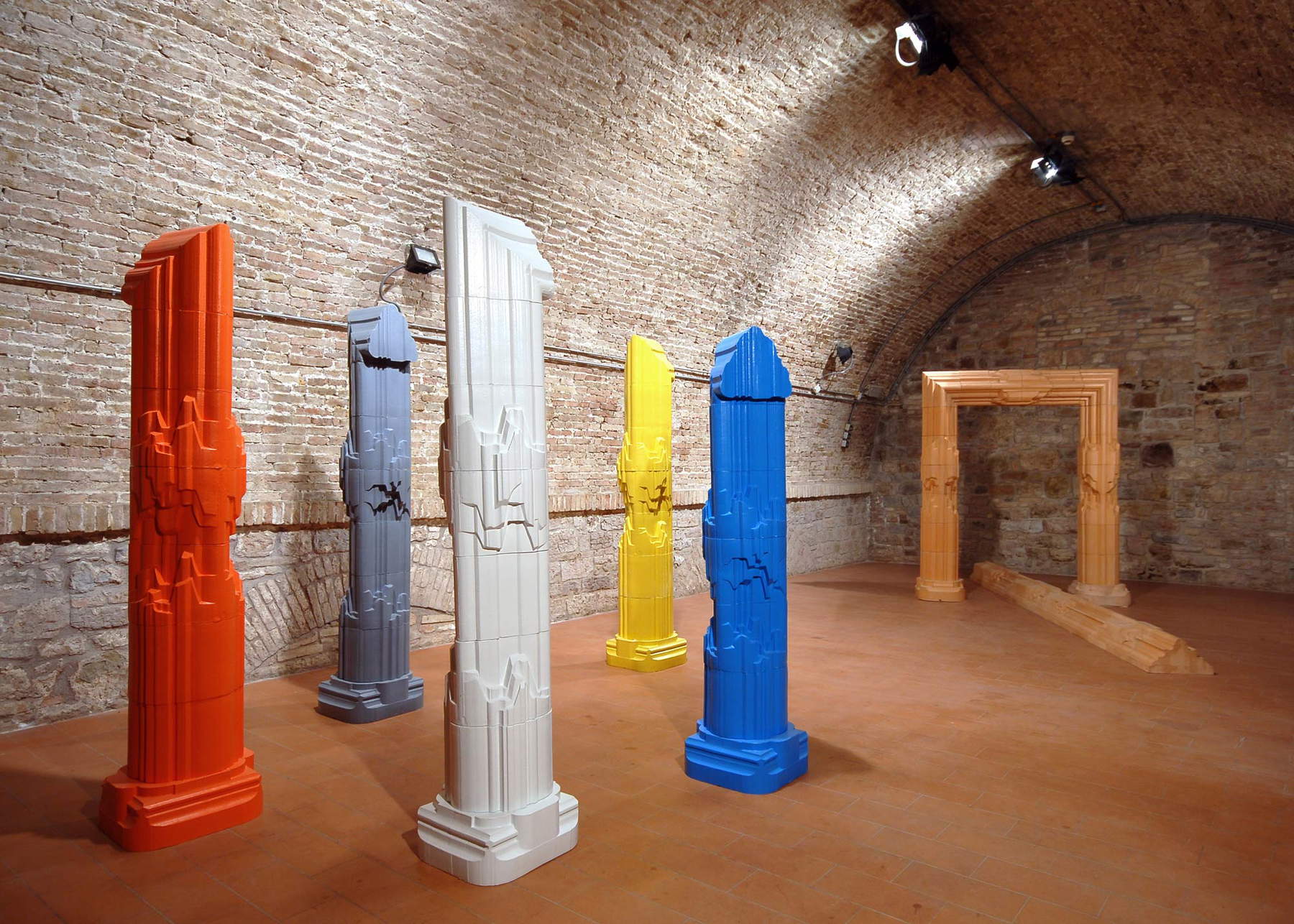 Nino
Nino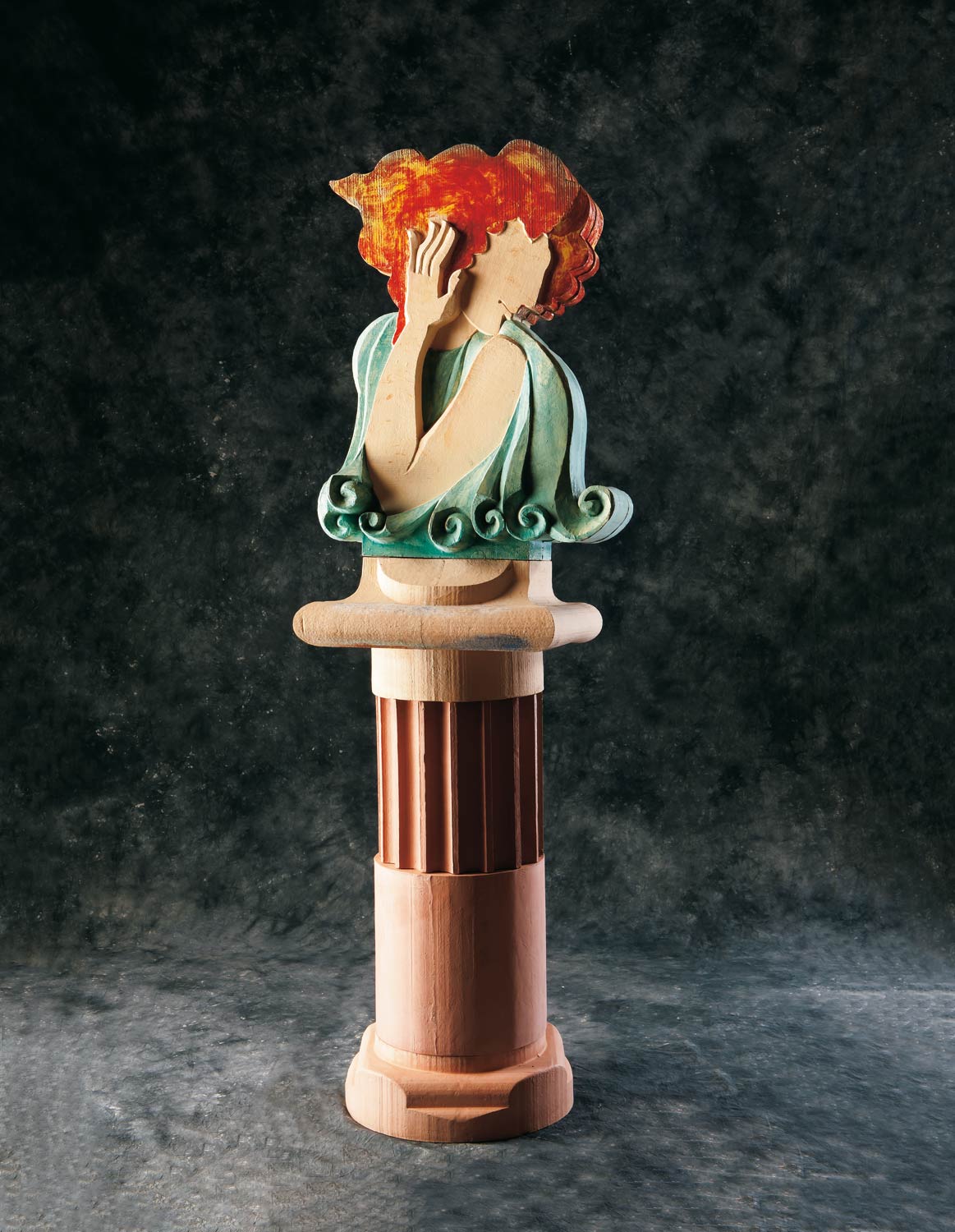 Nino Caruso,
Nino Caruso,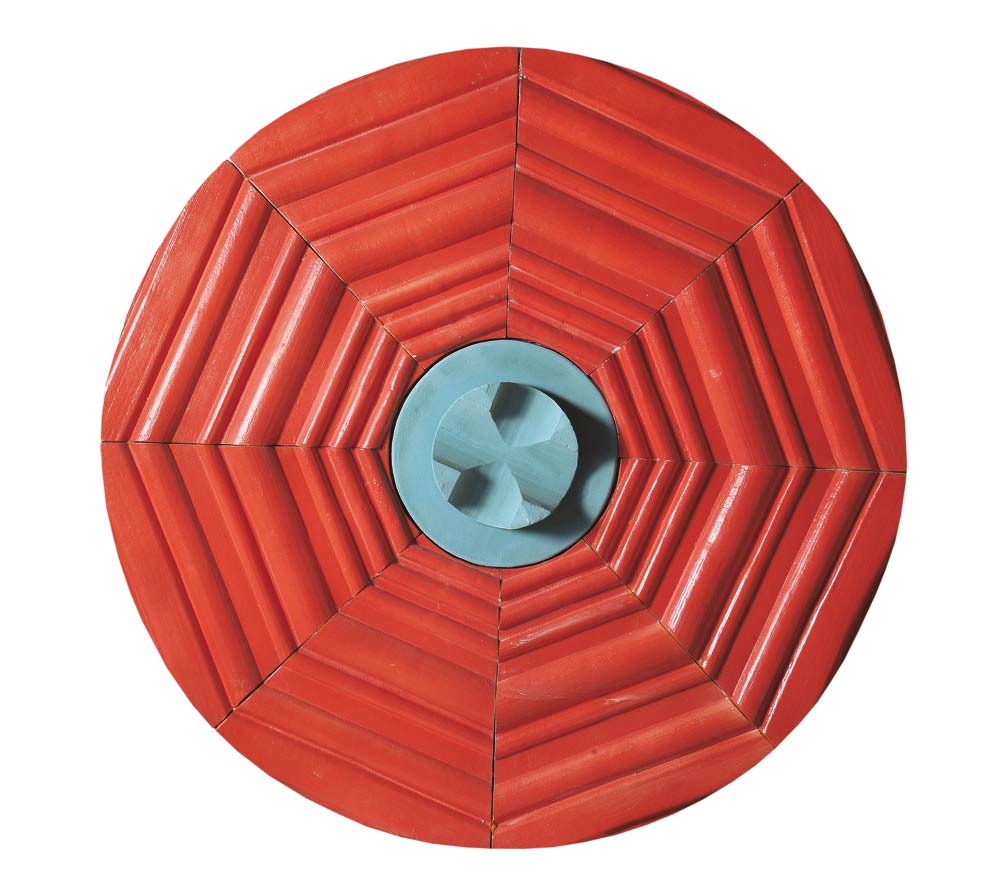 Nino
Nino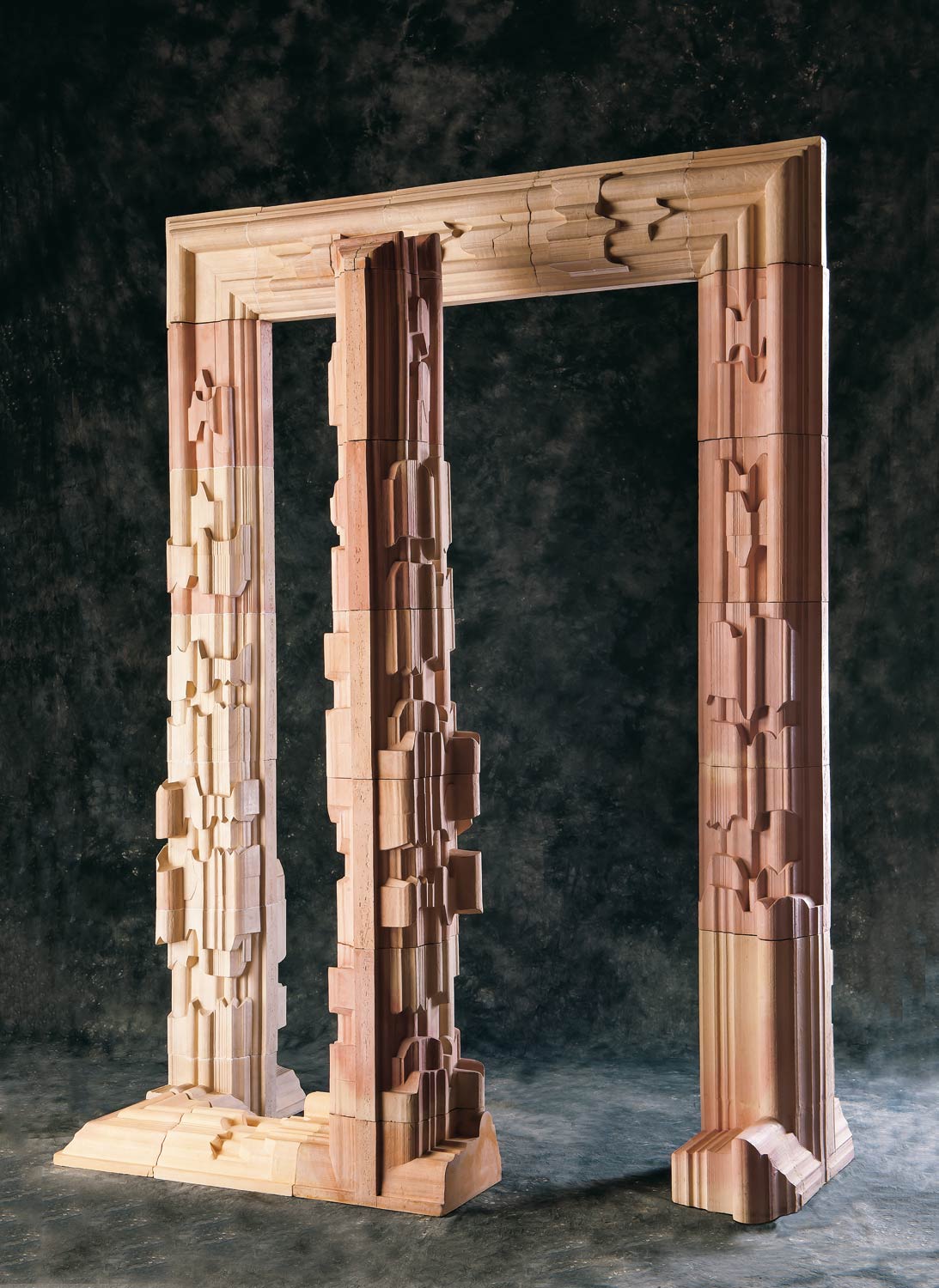
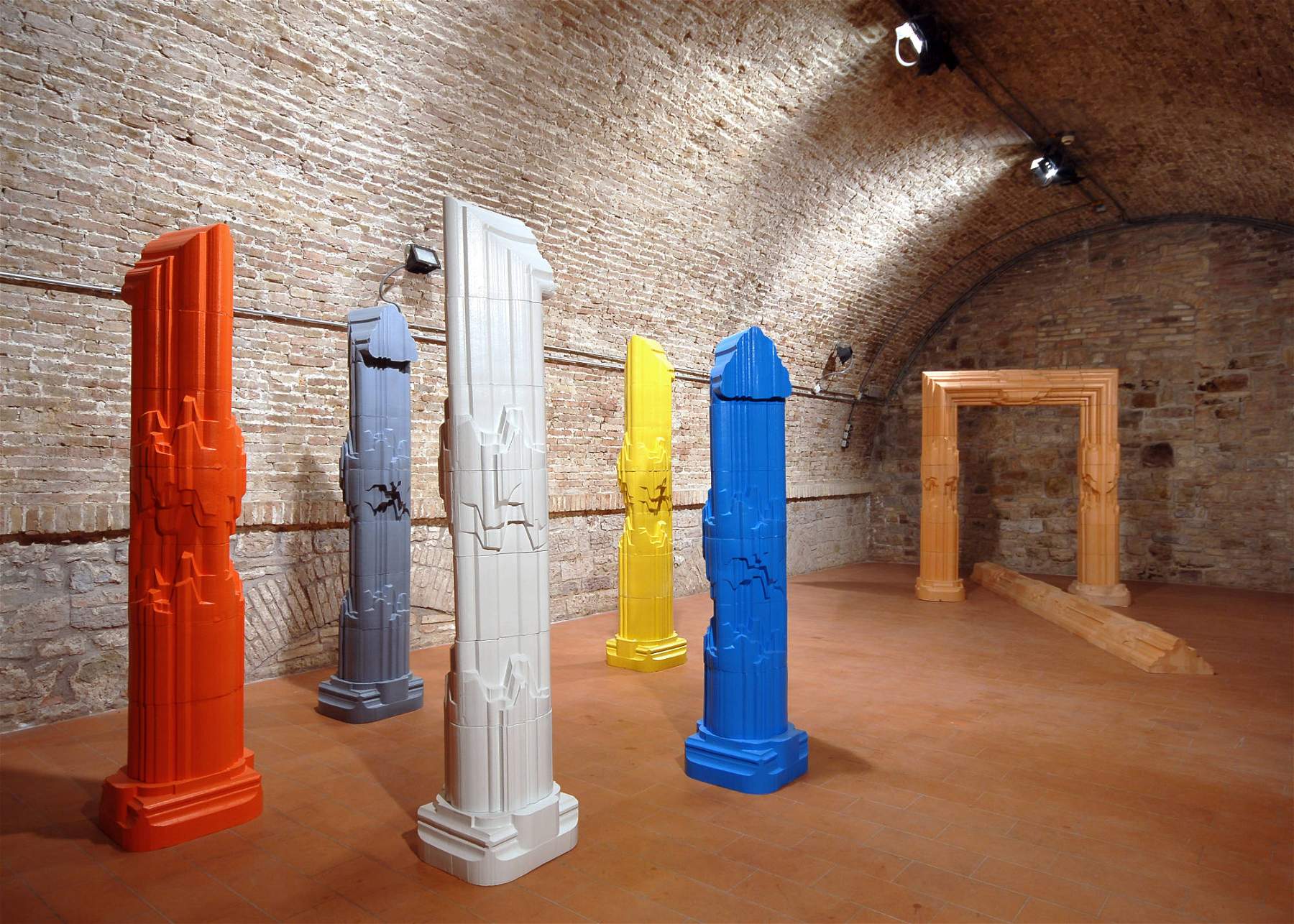 |
| Faenza's MIC presents the first anthological exhibition in Italy on Nino Caruso since his death |
Warning: the translation into English of the original Italian article was created using automatic tools. We undertake to review all articles, but we do not guarantee the total absence of inaccuracies in the translation due to the program. You can find the original by clicking on the ITA button. If you find any mistake,please contact us.